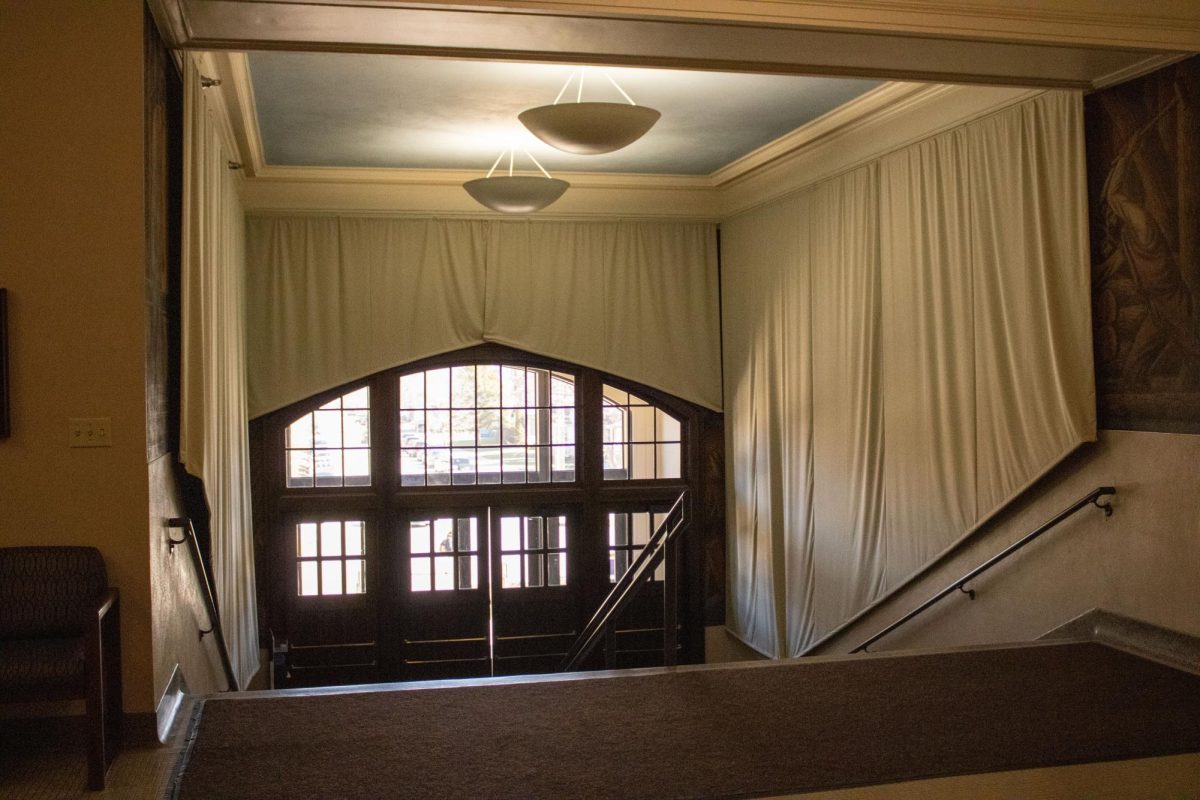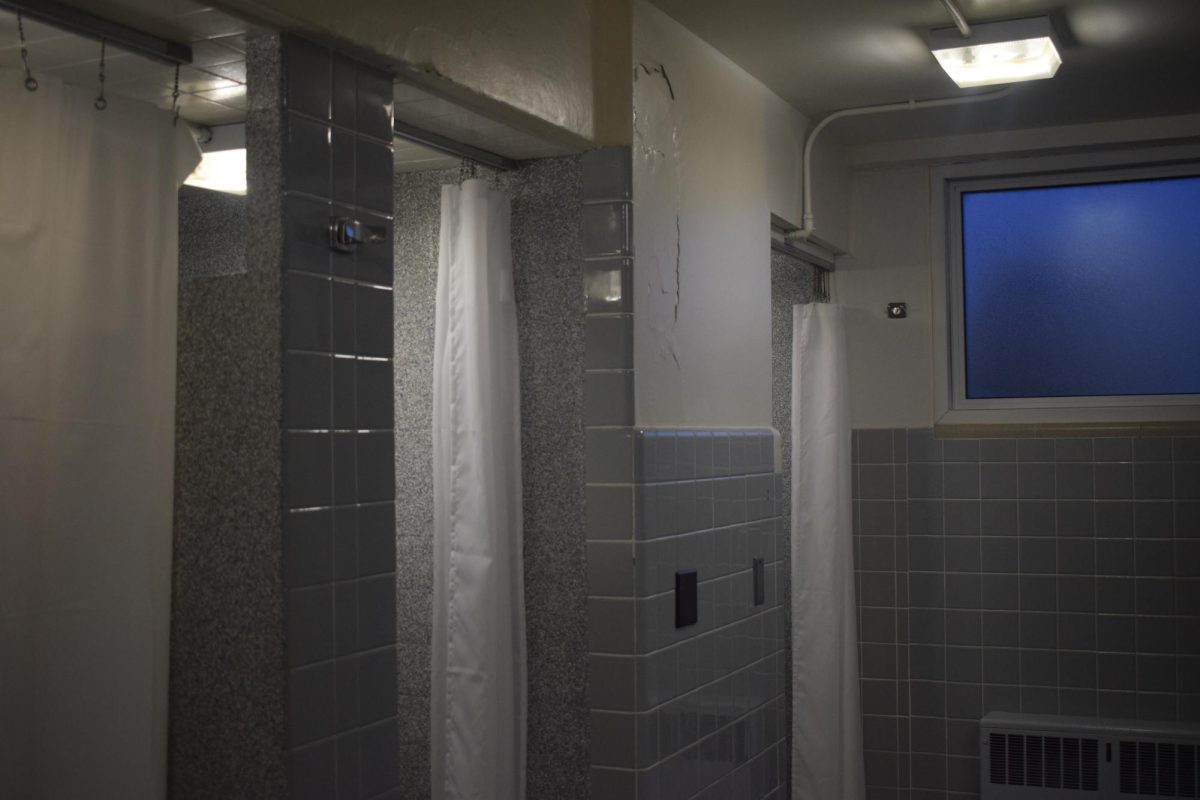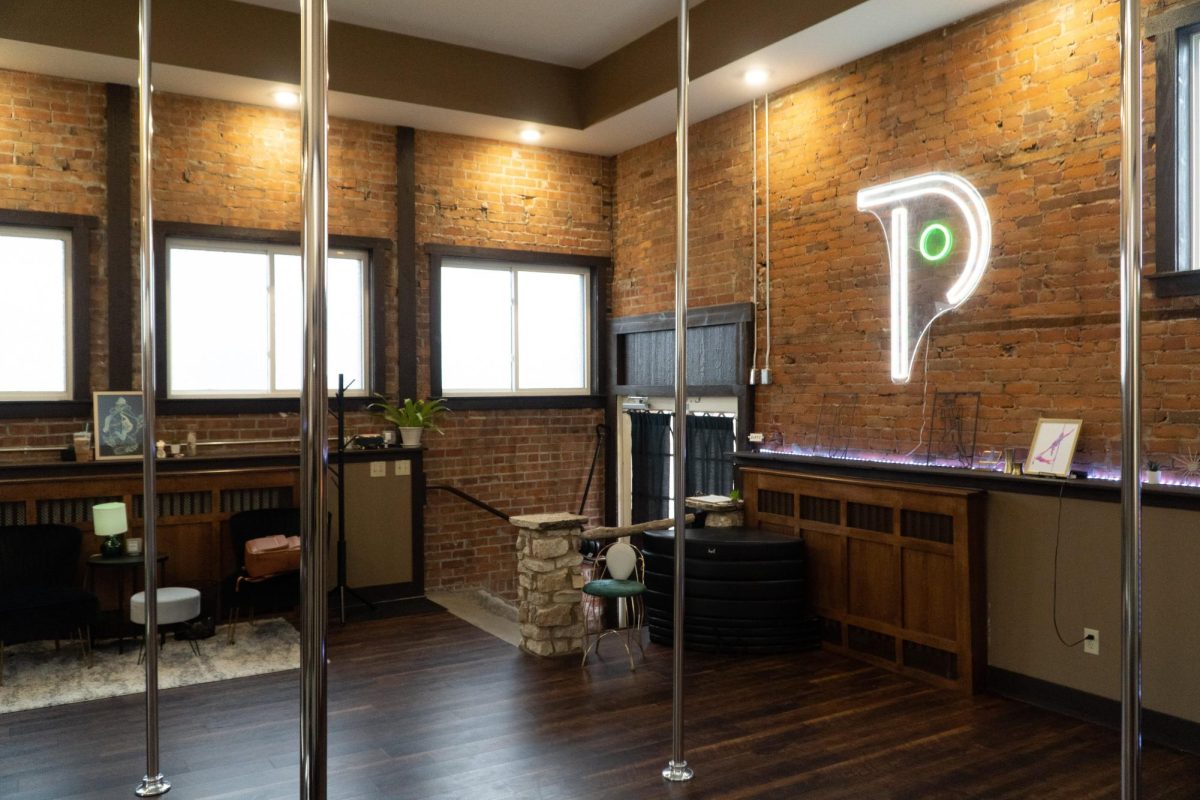
KELSEY CHERWINKA
Sami Schwanke/Winonan
Winona State University biology professor Neal Mundahl recently had an article published in the bi-annual U.S. Fish and Wildlife Services Magazine.
The article, “Bald Eagle Nesting Habitats in the Upper Mississippi River National Wildlife and Fish Refuge,” was inspired by a project by Anthony Bilyeu, one of Mundahl’s undergraduates.
Along with Mundal and Bilyeu, Iowan Fish and Wildlife Services employee Lisa Maas also helped produce the article.
“One of my students did a research project working with the fish and wildlife services in town,” Mundahl said. “I worked with him [Bilyeu] and wrote it up and produced it and added more and did computer analysis.”
The study took place between February and April, when bald eagles nest.
To Mundahl, this work was important because there is lot of missing information in eagle research.
Mundahl and his team helped take measurements and examine tree types and other things related to the eagles’ nests and the surrounding habitat.
“We check on the young in nests and how many young there are and everything’s positive,” Mundahl said.
A lot of eagles call Winona home.
According to Mundahl, the Winona eagle population has been increasing consistently over the years.
Mundahl was a student in Winona during the 1970s and said he saw few to no eagles during his time here.
“That’s the point; people don’t have an appreciation of what it was. I see an eagle and go ‘it’s an eagle!’” he said. “I really enjoy seeing the massive increase in numbers. Winona has the highest concentration of eagles other than Alaska.”
Eagles’ survival depends on sharing the space effectively with people.
Mundahl said the number one concern with today’s eagle population is interactions with humans.
“Nest sites are supposed to be remote. The river isn’t,” Mundahl said.
There is lots of commercial traffic on the Mississippi River in the Winona area, which can scare eagles away from nesting here.
Luckily, the eagles don’t seem to mind, according to Mundahl.
The nesting habits of eagles here in Winona are different than other areas. Most eagles would not like a habitat as close to human life as the eagles here have.
The main issue then with eagle nesting in Winona is the proximity of individual eagle nests, according to Mundahl.
“That’s good news, because they’re nesting in what we would consider unsuccessful places,” Mundahl said. “The one thing that we were trying to address was how much more can numbers increase.”
Eagles need enough habitat and distance to be successful. According to Mundahl, the population may have hit its plateau.
Other threats to current eagle populations are new poisons in the environment, lead bullets found in deer corpses and diseases contracted from feeding on dead animals.
“There are new diseases we haven’t seen before in Western USA,” Mundahl said.
These include the West Nile virus and other toxins and diseases present in food. Fortunately, these diseases have not yet appeared in the Winona area.
Mundahl picked the U.S. Fish and Wildlife Services magazine for his research, because he said it encourages the research projects of its employees.
Employee Maas helped Mundahl with the computer software and GIS, or map data, in the project.
In the meantime, Mundahl will be appreciating the bald eagles that call Winona home.
“They’re doing great,” Mundahl said. “They’re growing at a rapid pace and have more nests than ever in decades.”
Contact Sami at [email protected]












































